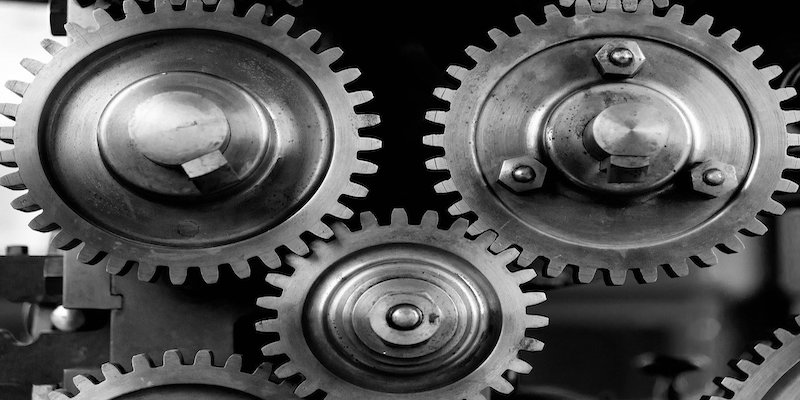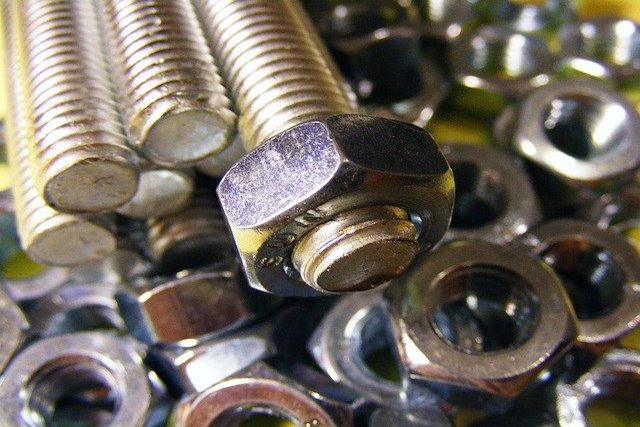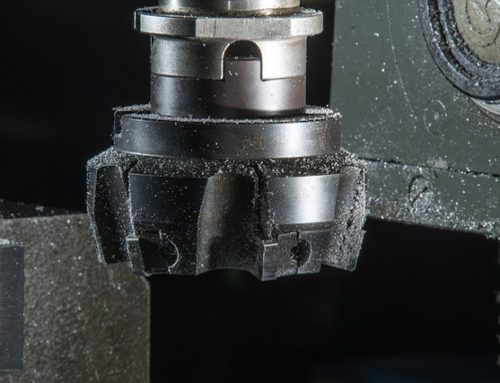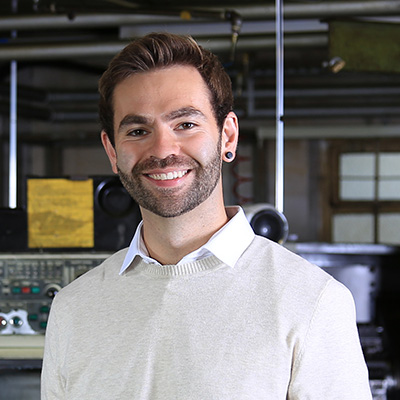When a client requests precision engineering services, they will normally have detailed instructions and specifications about how they’d like their bespoke components to turn out. Sometimes these instructions will have been misplaced and the only thing the client will have is a historical drawing or a physical part that they want to replicate.
There may also be times where the parts for a machine are no longer being manufactured. This can cause huge problems should the machinery break down and may waste a lot of time in getting it fixed.
In these situations, you could be forgiven that there would be no way to produce the bespoke components that the client is looking for. Thankfully, this is not the case, as a high-quality precision engineering company will effortlessly be able to recreate the part via a process called reverse engineering. Once this has been completed, the client will then have the exact instructions they need to replicate the component again whenever it is needed – potentially saving a lot of time and money further down the line.
What is Reverse Engineering?
Engineering as a whole is defined as the process of designing, manufacturing, constructing and maintaining parts or computer systems. It is then broken down into two main parts – forward engineering and reverse engineering.
Forward engineering is the most well-known of the two. It involves taking detailed instructions and using them to faithfully create bespoke components that match the exact specifications. Nowadays, this is usually carried out using techniques such as CNC milling and CNC turning to increase accuracy and efficiency.
Reverse engineering works differently. Instead of having detailed plans, a client may just have historical drawings or a copy of the component that they would like to create. The engineer will then take the drawings or component and deconstruct them to create complex instructions – which can then be used to construct the parts.
Why Use Reverse Engineering to Create Bespoke Components
The process of reverse engineering is perhaps the most accurate method of recreating the designs of items without the luxury of having detailed instructions. When done successfully, it will provide you with a copy of the blueprint that went into the original design.

There are many different reasons that manufacturers will use reverse engineering to create bespoke components, such as:
Parts Servicing or Repair
If a part or component is no longer supported, reverse engineering is used to give manufacturers extremely important information as to how the product works. This knowledge can then be used not only to complete the repairs efficiently, but also create design documents so that future repairs can be carried out via traditional engineering methods.
The data taken from reverse engineering can also help you determine which components you will need to replace to solve a given problem. In addition, the process allows engineers to determine the best ways to access, remove and replace the individual component.
Replacing Legacy Parts
Perhaps the most common uses of reverse engineering is to replace legacy components that are either no longer being manufactured, or the original creator of the parts is no longer in business. Some examples of this include carrying out repairs on classic cars or if a part in an old conveyor belt system needs replacing. Rather than having to replace entire systems, the most efficient method of carrying out repairs is to work out how the bespoke component was made in the first place and create a new one that can effortlessly be slotted in place.
It’s worth pointing out that the size and complexity of the part greatly affects the cost of reverse engineering, meaning it could actually exceed the cost of a brand new model. Despite this, the fact that the process has now created a digital copy of the original design means that you can now use this information to recreate the component again and again – potentially saving a lot of time and money further down the line.
Failure Analysis
If a component or machine fails, reverse engineering can be used to take it apart and discover the root cause. Once this has been done, you will be able to accurately figure out how to fix or improve the item so that it works properly again.
Examining the component using reverse engineering can also reveal weaknesses in design or composition that may not have been spotted when it was originally created. This will then enable you to create the part without these flaws going forward.
Why Use EGL Vaughan to Create Bespoke Components
If you’re wanting to create a product without digital instructions, or for all other precision engineering requirements, EGL Vaughan is here to help. Our dedicated team of experts has amassed decades of experience in manufacturing bespoke components of all shapes, sizes and specifications. Whatever you need, you can rely on us to create it.
We have helped companies from all areas of industry with their precision engineering requirements. From electrical and energy to rail and security, we are dedicated to providing the highest-quality service possible and are proud to have received national accreditation for this exact reason. The fact we’ve been recognised by some of the best-known industry bodies means you can have the peace of mind that everything you need will be created according to your exact specifications. After all, trust is an extremely important commodity when it comes to precision engineering, so you need to ensure you are totally confident in your provider’s work.
EGL Vaughan are experts in creating lasting relationships with our clients by offering essential advice and support throughout the entire process. Whether it is by providing a rapid quote or taking the time to gain a thorough understanding of your situation, or by offering expert advice whenever you need it, you can rely on us to assist. It is this approach that sees customers return to us time and again.
For more information on how EGL Vaughan can help you with all of your reverse engineering needs, request a quote or contact our team today.





